Optimal Timing for Ditich Drainages
Timing is crucial for effective Ditich Drainages to prevent water accumulation and soil erosion. Proper scheduling ensures optimal performance and longevity of drainage systems. The most suitable periods typically depend on regional climate patterns and soil conditions.
Spring is ideal for Ditich Drainages as soil is moist but not overly saturated, allowing for easier installation before heavy rainfall.
This period offers moderate weather conditions, reducing the risk of extreme heat or cold impacting drainage work.
Installing after significant rainfall can be beneficial to assess water flow and adjust drainage accordingly.
Cold temperatures and frozen soil make installation difficult and less effective during winter.
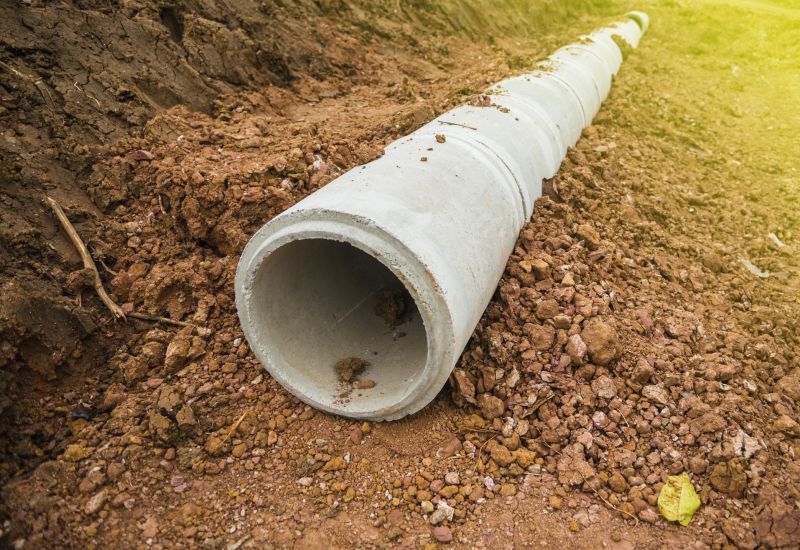
Installation process in progress in favorable weather conditions.

Proper soil prep during optimal seasons enhances drainage effectiveness.

Monitoring water flow after rainfall to plan drainage adjustments.
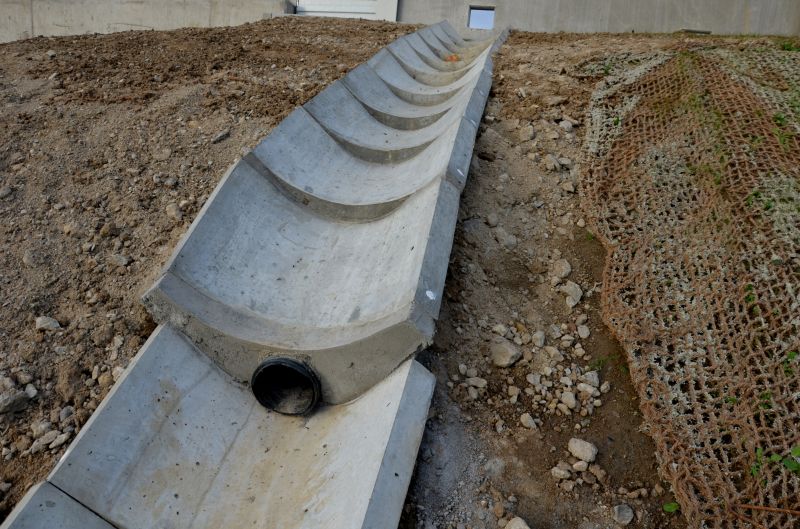
Ways to make Ditich Drainages work in tight or awkward layouts.
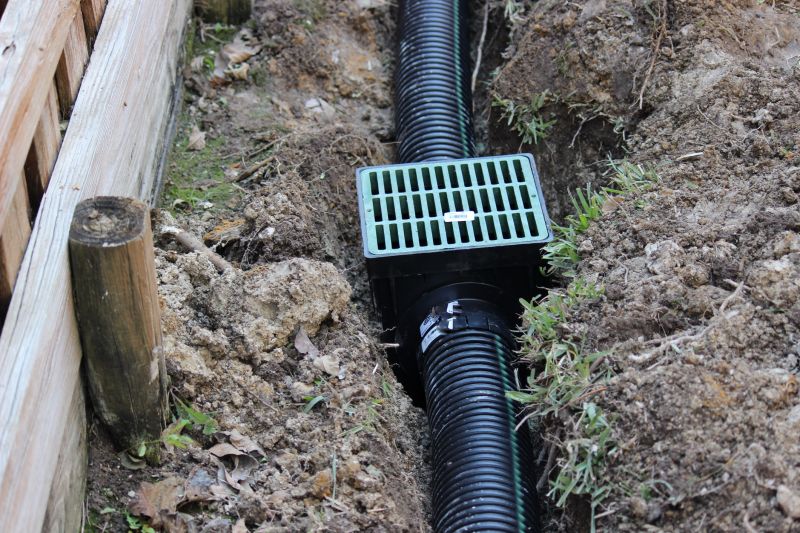
Popular materials for Ditich Drainages and why they hold up over time.
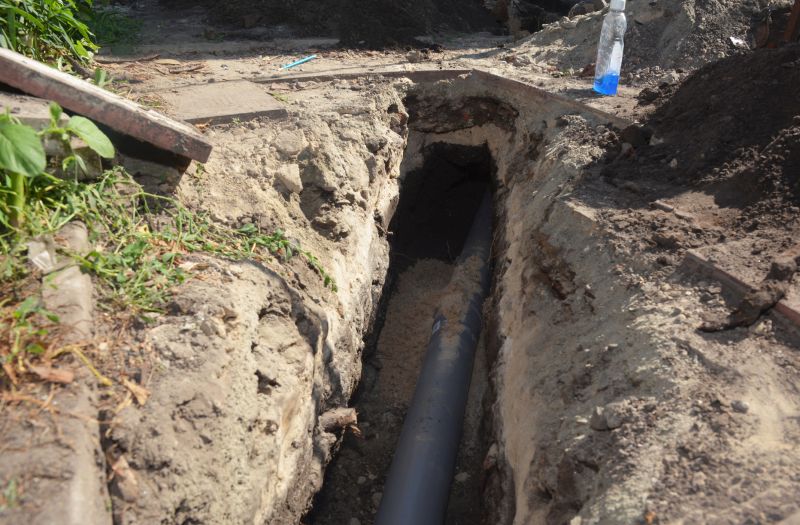
Simple add-ons that improve Ditich Drainages without blowing the budget.
Ditich Drainages are engineered systems designed to manage excess water runoff, prevent soil erosion, and protect infrastructure. They are particularly effective in areas prone to heavy rainfall or poor soil drainage. Proper installation timing maximizes their efficiency, reducing maintenance needs and extending system lifespan.
| Optimal Timing Factors | Details |
|---|---|
| Weather Conditions | Install during moderate temperatures with minimal rainfall. |
| Soil Moisture Level | Ensure soil is moist but not saturated for easier installation. |
| Regional Climate | Align with local seasonal patterns for best results. |
| Precipitation Forecasts | Schedule around expected rainfall to assess water flow. |
| Soil Temperature | Avoid freezing conditions for effective installation. |
| Vegetation Growth | Plan before dense vegetation growth to facilitate work. |
| Project Urgency | Prioritize seasons with less project congestion. |
| Maintenance Planning | Install at times that allow easy access for future maintenance. |
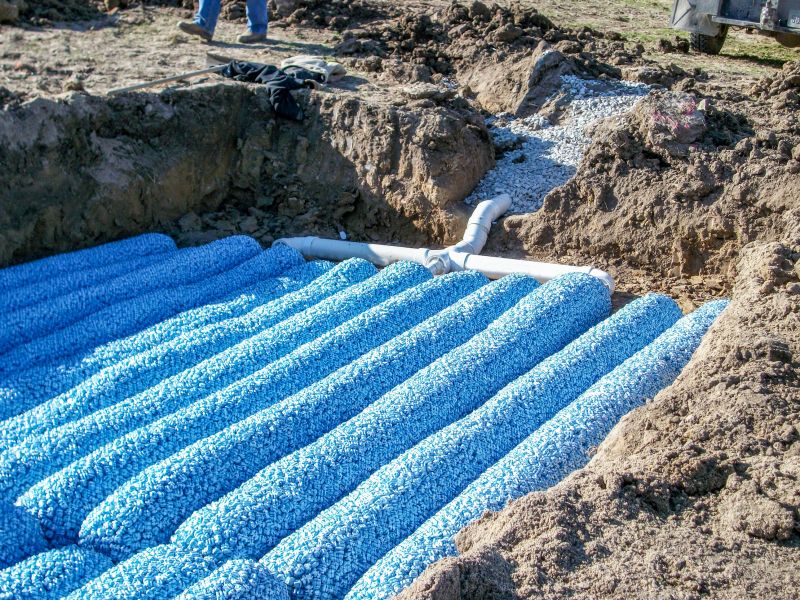
Completed drainage systems effectively managing water flow.
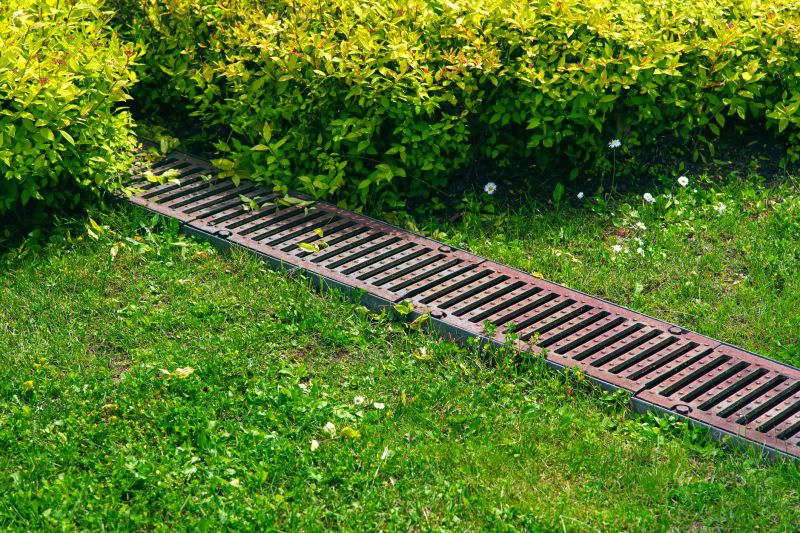
Planning for optimal installation seasons.
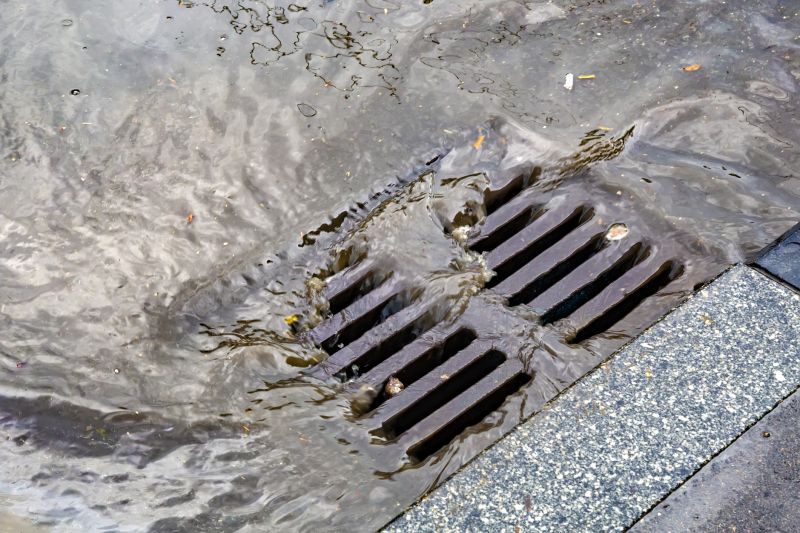
Regular checks during optimal seasons ensure system performance.
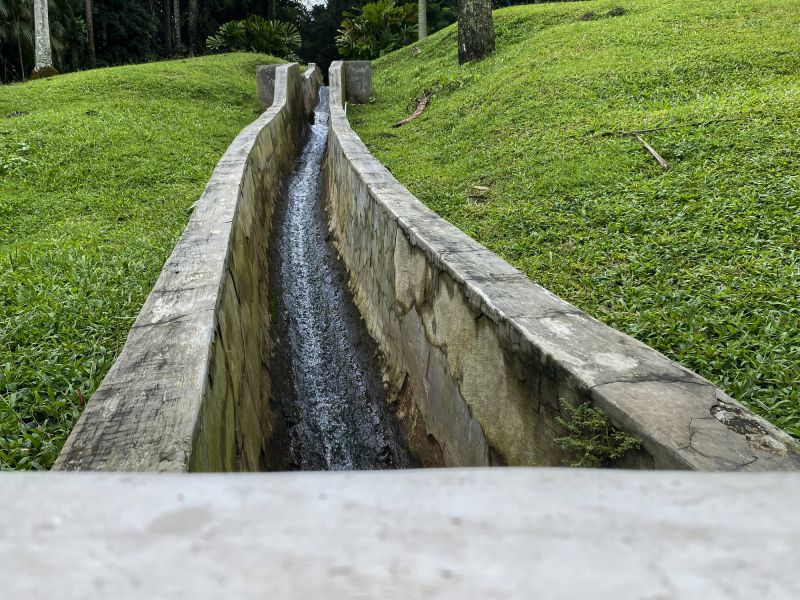
Assessing water movement post-installation.

High-end options that actually feel worth it for Ditich Drainages.
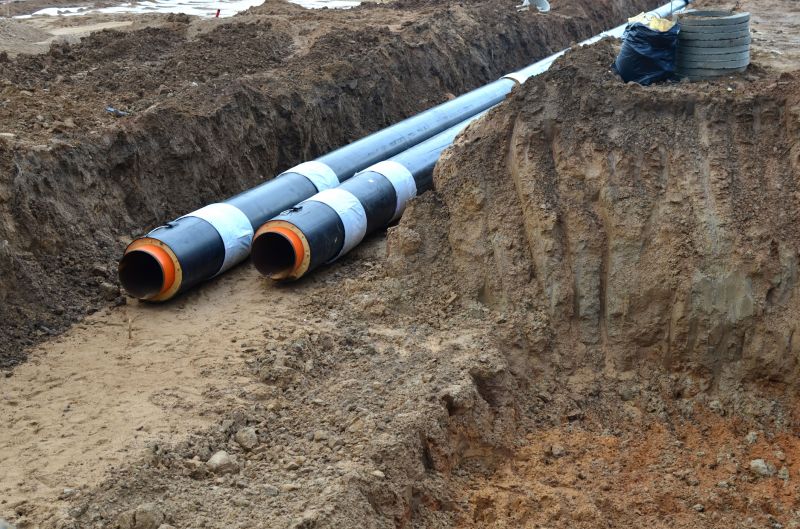
Finishes and colors that play nicely with Ditich Drainages.
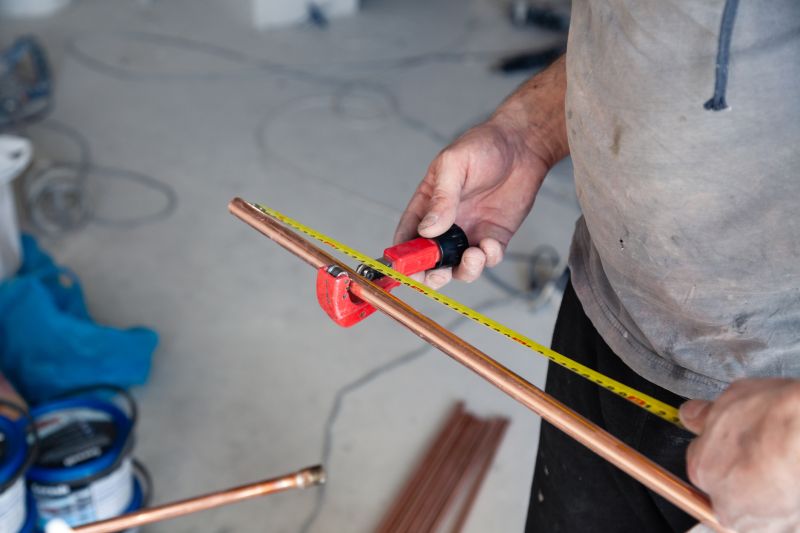
Little measurements that prevent headaches on Ditich Drainages day.

A 60-second routine that keeps Ditich Drainages looking new.
Understanding the best timing for Ditich Drainages enhances their effectiveness in water management. Proper scheduling reduces potential issues related to soil compaction, installation difficulties, and system failure. Consulting local weather patterns and soil conditions is essential for planning optimal installation periods.
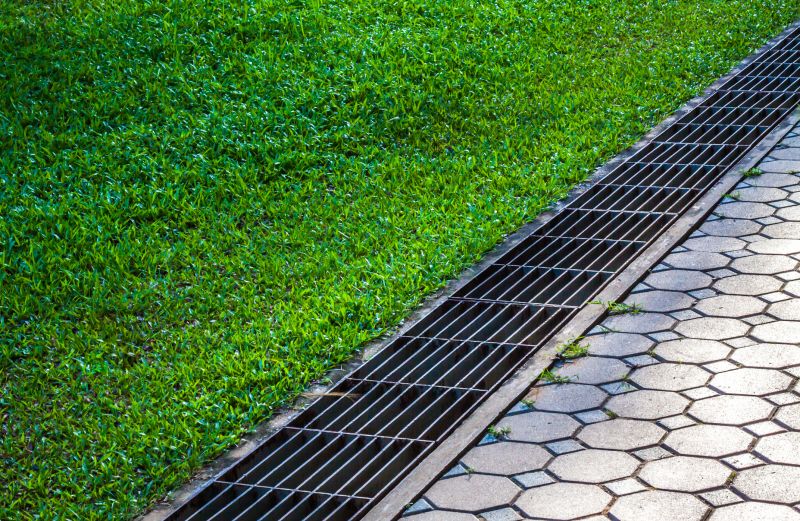
Detailed view of Ditich Drainages in operation.
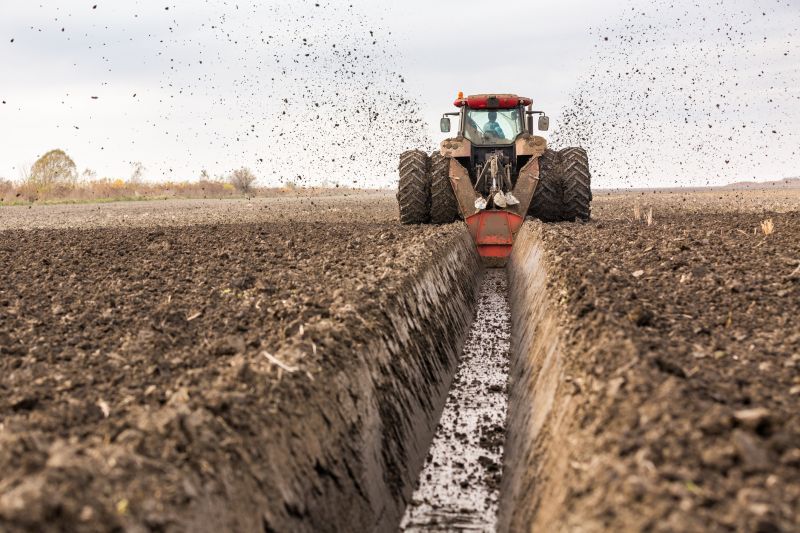
Active construction during suitable weather conditions.
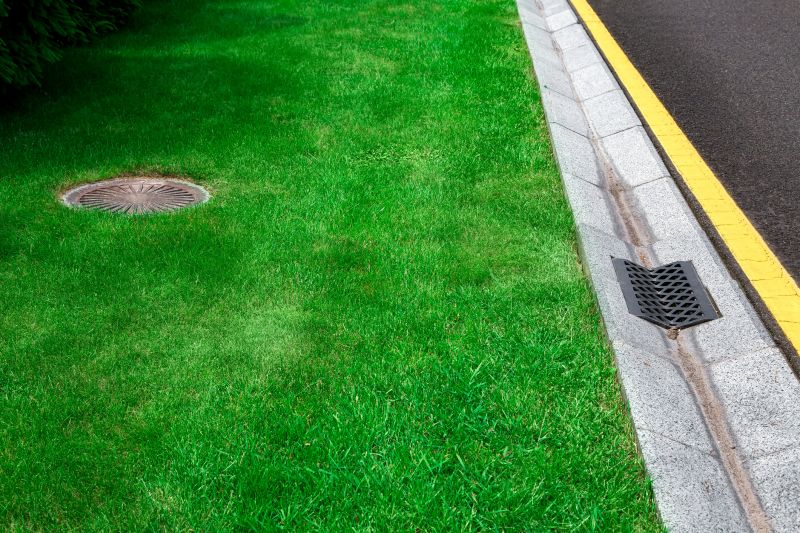
Assessing system performance after installation.
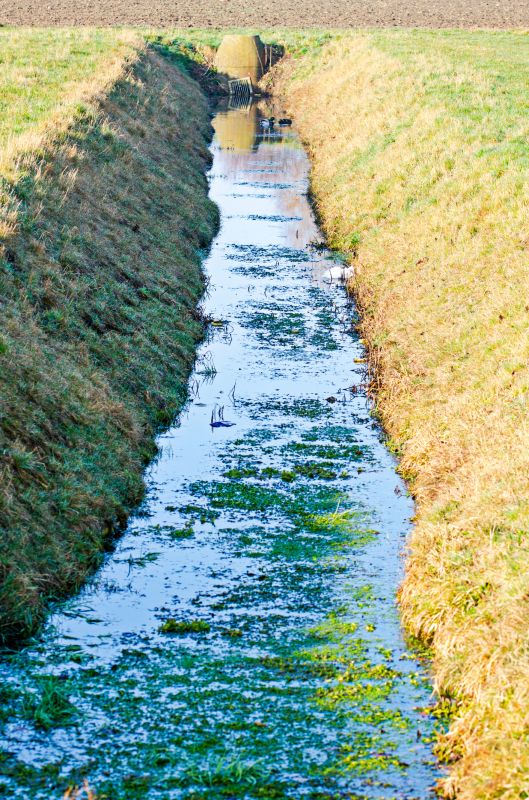
A frequent mistake in Ditich Drainages and how to dodge it.
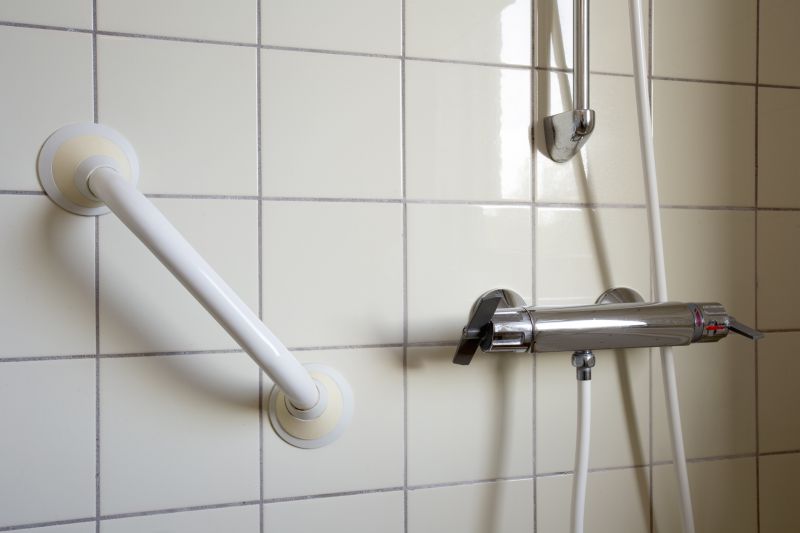
Small tweaks to make Ditich Drainages safer and easier to use.
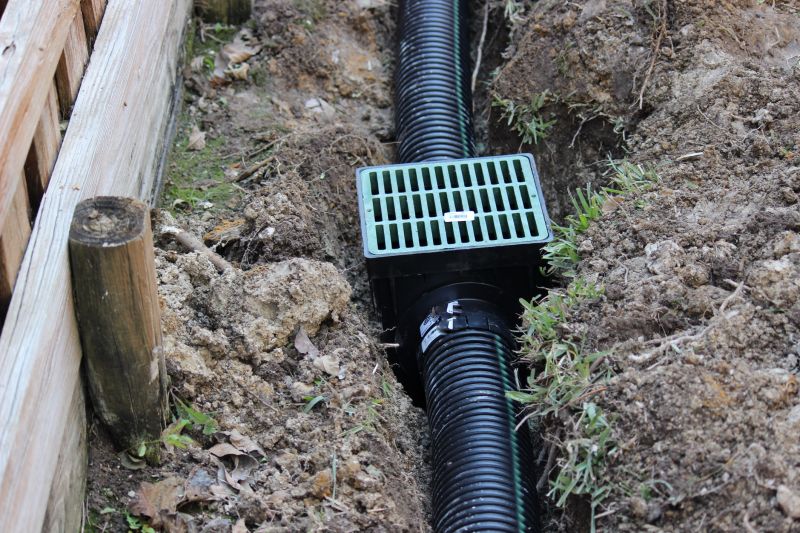
Lower-waste or water-saving choices for Ditich Drainages.
Interested parties are encouraged to contact for further information on scheduling and implementing Ditich Drainages effectively. Proper timing and installation techniques are vital for ensuring optimal water management and soil stability.
